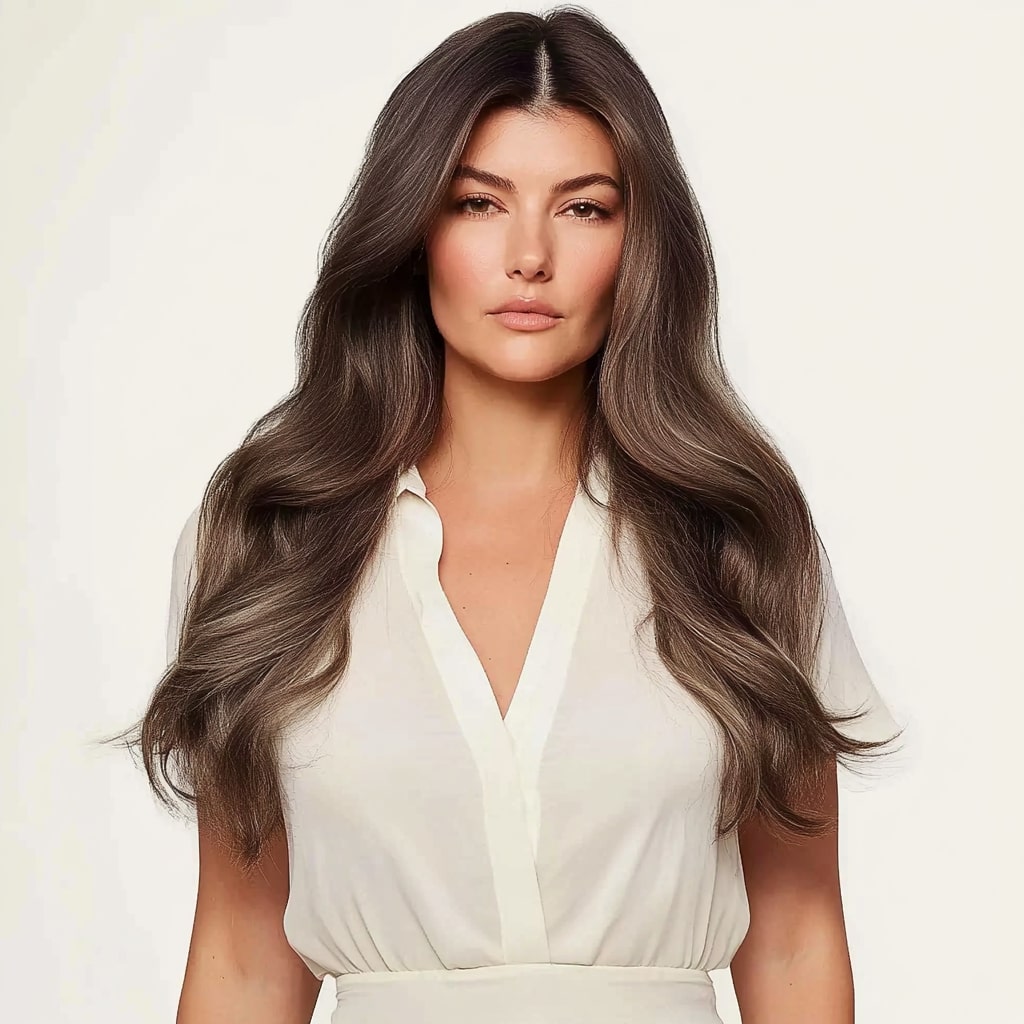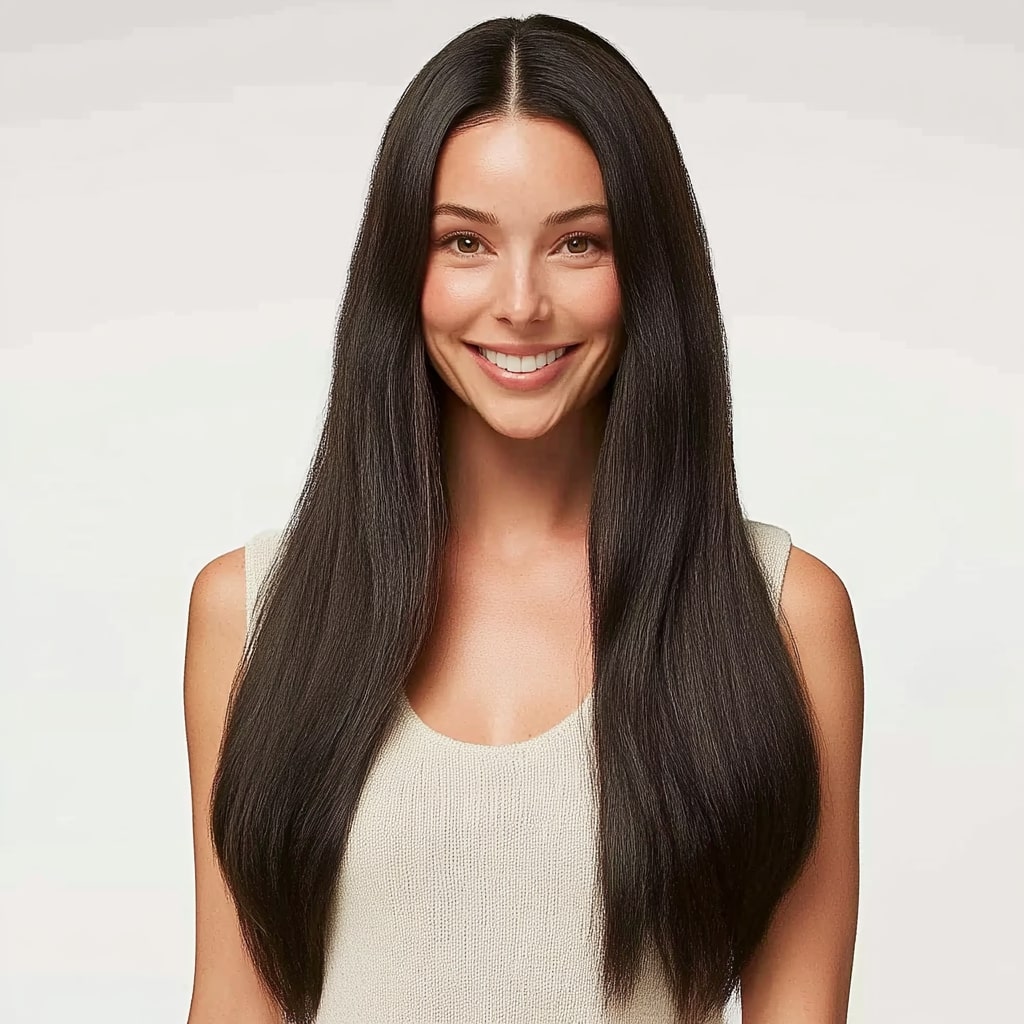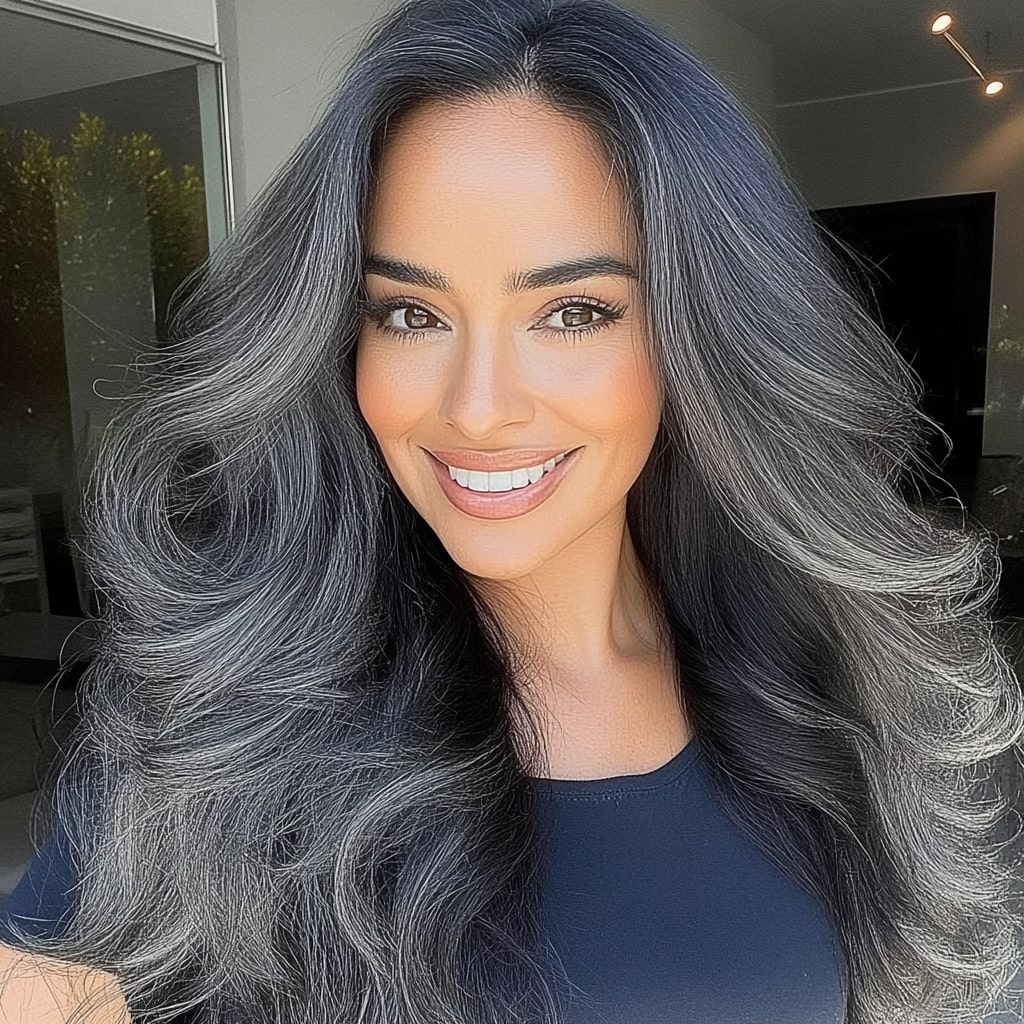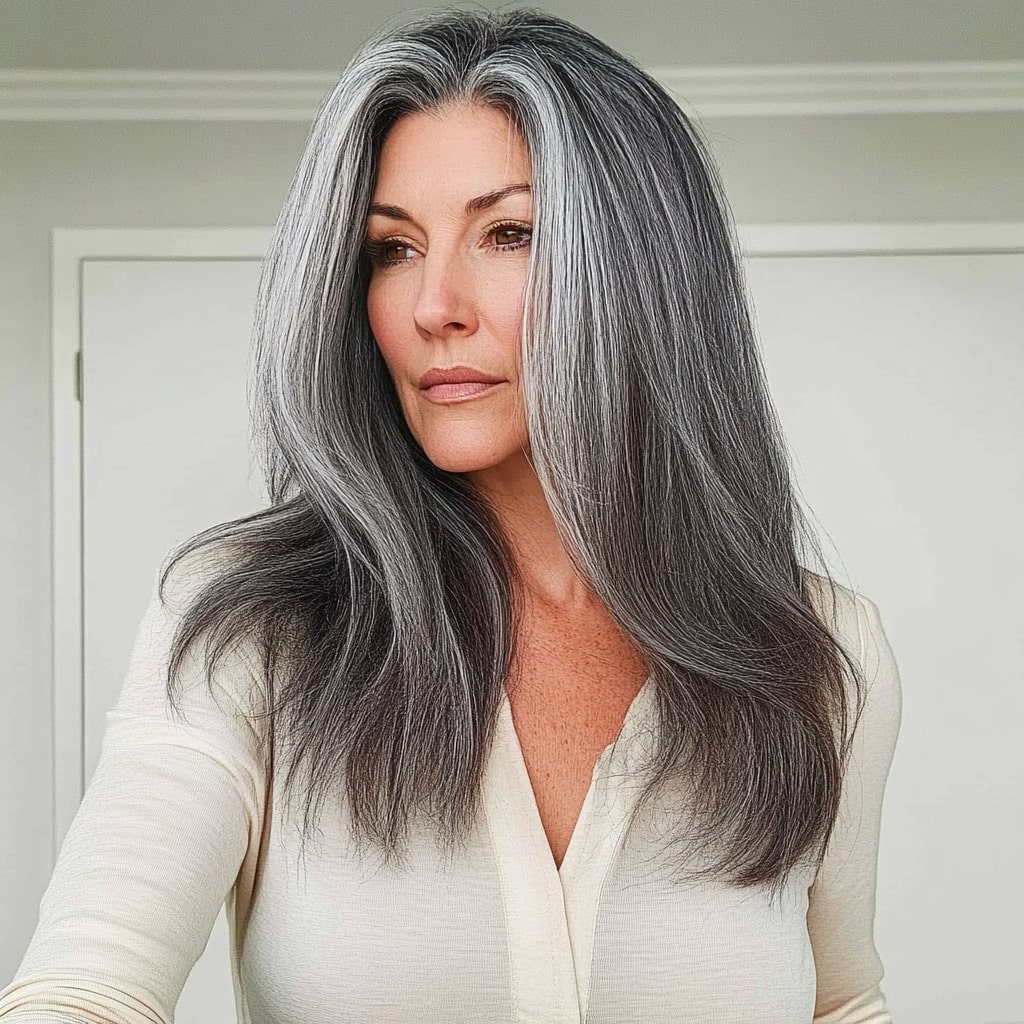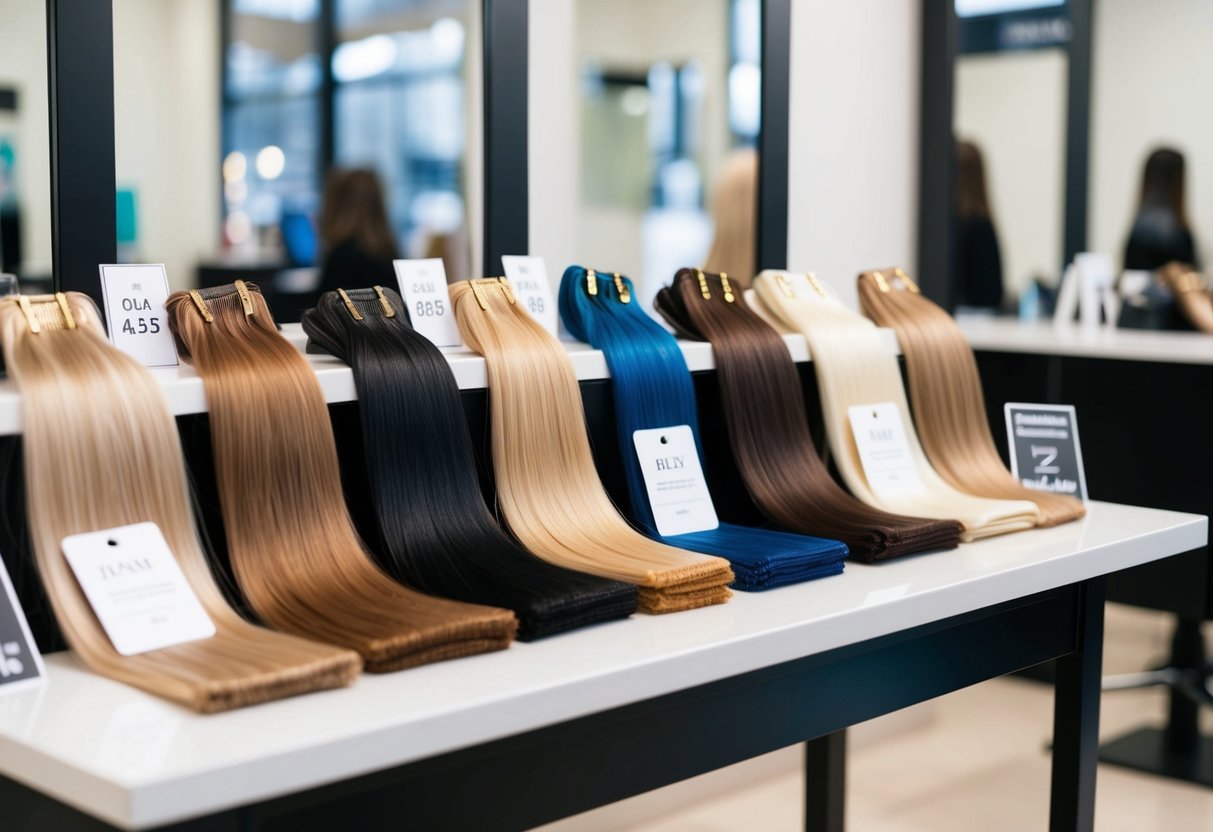Untangling the Problem: Causes and Solutions for Matting Hair Extensions
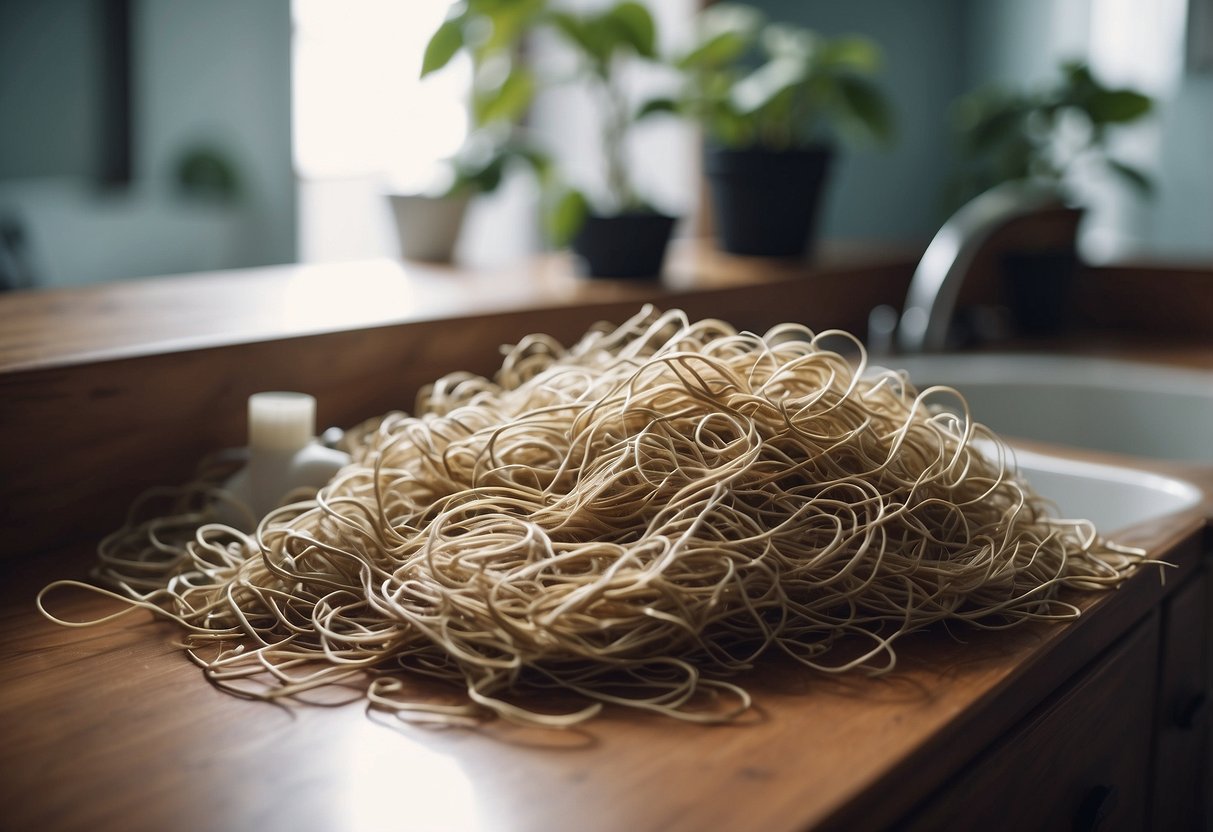
Dealing with matted hair extensions can be frustrating and time-consuming. Hair extensions often become matted due to improper care, including lack of regular brushing, excessive heat styling, and exposure to water. These factors contribute to tangling and matting, making it difficult to maintain smooth and manageable hair extensions.
The roots and the length of hair extensions are two key areas where matting frequently occurs. Without proper maintenance, the cuticles of the hair can get damaged, leading to frizz and knots. Additionally, external factors like sleeping with loose hair or using harsh hair products can worsen the situation.
Understanding why your hair extensions are matting is the first step in fixing the problem. By identifying the root causes and implementing effective care routines, you can prevent matting and keep your hair extensions looking their best.
Key Takeaways
- Hair extensions mat when not properly cared for.
- Damaged cuticles and external factors lead to matting.
- Effective care routines prevent and manage matting.
Understanding Hair Extension Matting
Hair extensions can become matted due to various factors, including tension, friction, and the type of extensions used. Knowing these causes and the role of hair structure can help you mitigate the problem.
Causes of Matting in Hair Extensions
Matting often happens because of tension and friction. When hair extensions rub against each other or natural hair, they are more likely to tangle and mat. Sleep can also be a significant factor. If you go to bed without securing your extensions, the friction against your pillow can lead to severe tangling.
Natural oil from your scalp can be another culprit. While natural oil is beneficial for your own hair, it can make extensions greasy, leading to matting. Additionally, washing extensions improperly or too infrequently can contribute to this issue. Using a moisturizing shampoo can help keep the hair clean and less prone to tangles.
The Role of Hair Structure and Extension Type
The type of hair extensions you use influences how prone they are to matting. Human hair extensions are generally more resistant to matting compared to synthetic hair, which tends to tangle more. Human hair maintains its structure and is smoother, reducing friction and tangling.
Different extension types, like non-Remy hair extensions, can also affect matting. Non-Remy hair is collected from various sources, making the cuticles uneven and prone to tangling. In contrast, Remy hair has aligned cuticles, promoting smoother interactions and less matting.
Understanding these factors will help you maintain your hair extensions better and avoid matting issues.
Essential Tools for Preventing Matting

To keep your hair extensions looking their best, you will need the right tools. Proper brushes and combs can help you detangle hair gently and avoid breakage.
Selecting the Right Brush
Choosing the correct brush for your hair extensions is crucial. A loop brush is highly recommended.
The loop brush is designed with looped bristles that glide through your extensions without causing damage. This brush helps in detangling your hair without snagging or pulling at the bonds.
Another effective option is a boar bristle brush, which is good for distributing natural oils from your scalp to the hair extensions, adding moisture and shine.
Use the brush gently, starting from the tips and working your way up to ensure you do not damage the bonds of your extensions. Regular brushing can prevent tangling and matting.
The Importance of a Wide-Tooth Comb
A wide-tooth comb is another essential tool for maintaining hair extensions. This comb is especially useful when your hair is wet and more prone to tangling.
Wide-tooth combs help detangle your hair extensions without causing breakage or unnecessary strain. After applying a detangler or conditioner, use the comb to gently work through any knots.
Unlike narrow combs, wide-tooth combs are less likely to pull hair out of the bonds. They provide a gentle way to manage your extensions and prevent matting. Always comb your hair when it is damp, not soaking wet, to minimize damage.
Using a combination of proper brushes and combs will ensure your hair extensions remain smooth and free of matting.
Hair Extension Care and Handling
Proper care of hair extensions ensures they remain tangle-free and look healthy. Key points include using the right brushing techniques and following best practices for washing and conditioning the extensions.
Effective Brushing Techniques
Brushing your hair extensions correctly is crucial to prevent matting.
Start by holding the extensions mid-shaft to prevent pulling on the bonds or wefts. Use a boar bristle brush or a loop brush, designed specifically for extensions. Begin brushing from the ends, gradually working your way up to avoid pulling and breaking the hair.
It is advisable to brush your extensions 2-3 times a day to keep them tangle-free. Be gentle, especially when the hair is wet, as it is more prone to breakage. Regular, careful brushing minimizes friction and helps maintain the smoothness of the extensions.
Washing and Conditioning Best Practices
Washing and conditioning your hair extensions properly can significantly extend their lifespan.
Use a moisturizing shampoo and a hydrating conditioner to keep the hair soft. Ingredients like argan oil, olive oil, and coconut oil can provide necessary hydration.
Gently towel-dry your extensions without rubbing, and follow with a deep conditioner treatment if needed. Allow the conditioner to sit for a few minutes before rinsing thoroughly.
Avoid washing your extensions too frequently; doing so can strip them of necessary oils and cause dryness. Always finish by carefully brushing through the extensions to remove any knots that may have formed during washing.
Managing External Factors Affecting Hair Extensions

To keep hair extensions looking their best, it is important to manage various external factors. These include your daily lifestyle and environmental stressors, as well as how you style your hair and the products you use.
Influence of Lifestyle and Environmental Stress
Your lifestyle choices and the environment you live in can have significant impacts on your hair extensions. Sweat and salt can cause your extensions to dry out and become tangled. These elements strip away natural oils, making the hair extensions more prone to matting.
If you frequently engage in activities that cause sweating, such as exercise, use a moisture-wicking headband or trim sweat sessions short. When at the beach or swimming, be mindful of the presence of salt in the water. Rinse your hair thoroughly afterward and apply a leave-in conditioner to add moisture back.
Environmental pollutants and UV rays can also damage hair extensions. Wearing hats to shield your hair from the sun and avoiding polluted areas where possible can help maintain the condition of your extensions.
The Impact of Styling and Hair Products
The way you style your hair and the products you use can heavily influence the health of your hair extensions. Heat styling tools like blow dryers, flat irons, and curling irons can cause extensions to become brittle and prone to matting if used without proper precautions. Always apply a heat protection spray before using any heat on your hair.
Choosing the right hair products is essential. Avoid products with high alcohol content, as these can dry out your extensions. Dry shampoo can be a quick fix for maintaining volume, but overuse can lead to buildup and tangling.
Use moisturizing shampoos and conditioners specifically designed for hair extensions. After washing, gently towel-dry the extensions and use a loop brush to detangle knots without causing damage. Regular maintenance with the right products will keep your extensions smooth and less likely to matte.
Techniques for Detangling Matted Extensions
Detangling matted hair extensions requires patience, the right tools, and a gentle approach. Sometimes, professional help is necessary, especially for severe cases.
Step-by-Step Detangling Process
-
Start with Dry Hair: Never try to detangle your extensions while they are wet. Always begin with dry hair to prevent further damage.
-
Gather Your Tools: Use a wide-tooth comb, a loop brush, or a boar bristle brush. These tools help minimize breakage and ensure a smoother detangling process.
-
Use a Detangling Spray or Conditioner: Apply a generous amount of a moisturizing detangling spray or a leave-in conditioner. Products with argan oil can be particularly effective. Let it sit for a few minutes to soften the knots.
-
Section Your Hair: Divide your extensions into small, manageable sections. Secure the rest with clips to keep them out of the way.
-
Work from the Ends Up: Begin brushing from the ends of your hair, slowly working your way up to the roots. This technique minimizes pulling and breakage.
-
Be Gentle: Always use gentle strokes. Tugging too hard can cause extensions to break or loosen from the scalp.
When to Seek Professional Assistance
-
Severe Knotting: If your hair is severely matted and you cannot detangle it yourself, it might be time to visit a professional stylist. They have specialized tools and expertise to handle tough knots without causing damage.
-
Damaged Extensions: If your extensions are damaged or have begun to break due to improper detangling techniques, a professional can provide treatments or replacements as needed.
-
Regular Maintenance: Regular visits to a professional can help maintain healthy extensions. They can offer advice on products and techniques tailored to your specific needs.
By seeking help when needed, you can ensure your hair remains healthy and looking its best.
Additional Tips and Tricks
To keep your hair extensions from matting, it's important to adopt proper storage and sleeping practices and use effective styling hacks to blend and secure them.
Proper Storage and Sleeping Practices
When not using your hair extensions, store them in a manner that prevents tangling. Braid hair extensions before storing them to avoid knotting and matting. You can also use silk pillowcases at night to reduce friction, which helps keep your extensions smooth and tangle-free.
For sleeping, consider wrapping your braided hair extensions in a silk scarf. This creates a protective barrier and minimizes breakage. Always ensure the hair is completely dry before going to bed, as damp hair can more easily become matted or damaged overnight.
Styling Hacks for Blending and Securing Extensions
Blending your extensions with your natural hair is key to achieving a natural look. One effective method is to use a loop brush or a wide-tooth comb to gently detangle and blend the extensions with your own hair. Apply a nourishing oil, like argan oil, to add moisture and reduce friction.
To ensure your extensions stay secure, consider using hair extension bonds or clips that fasten tightly without damaging your natural hair. When securing your extensions, avoid placing too much stress on any one part of your scalp to prevent breakage and tension knots.
Using heat styling tools like flat irons or curling wands can help blend the extensions more seamlessly with your natural hair. Just be sure to apply a heat protectant spray to prevent any thermal damage.
Frequently Asked Questions

Addressing matting in hair extensions is crucial for maintaining their appearance and durability. Below are some common questions about preventing and fixing matting issues.
How can I prevent matting at the root of my hair extensions?
Lightly wet your hair without soaking it. Apply a moisturizing treatment like argan or coconut oil. This helps in reducing tangles. You can also use a deep conditioner or detangling spray.
What can cause hair extensions to become matted after washing?
Hair extensions can mat after washing due to improper drying techniques or using harsh shampoos. Always use a moisturizing shampoo and gently towel-dry your hair. Avoid vigorous rubbing.
What are the signs that hair extensions are matted?
Matted hair extensions feel tangled and rough. They may appear clumped together. Brushing through them becomes difficult, and they may feel tighter at the roots.
How do I address matting in hair extensions at the nape of my neck?
Carefully brush through the knots with a loop brush or a boar bristle brush. Use a leave-in conditioner or detangling spray to ease combing. Be gentle to avoid breaking the hair.
What steps can I take to fix matted hair extensions?
Start by gently brushing your hair extensions to smooth them out. Use a detangling product if needed. Apply a moisturizing oil treatment and carefully work through the knots without pulling too hard.
Is matting a common issue with tape-in hair extensions and how can it be resolved?
Yes, matting can occur with tape-in extensions. To resolve this, ensure the bonds are clean and free from stray hairs. Regularly brush through the extensions and use lightweight, moisturizing products.

 My Store Credit
My Store Credit
 Buy Again
Buy Again
